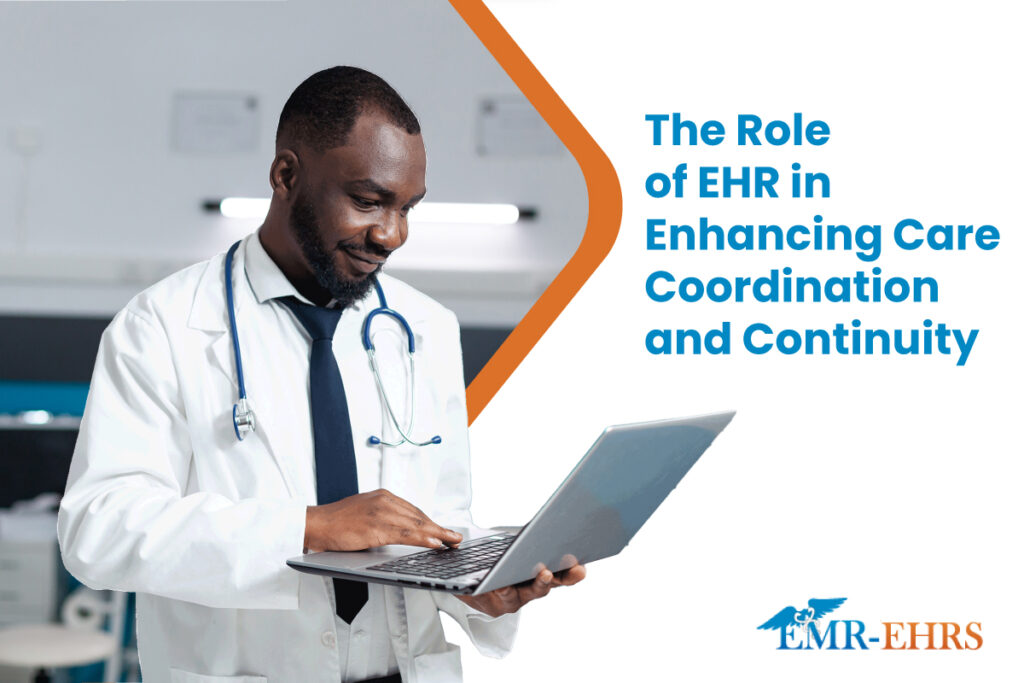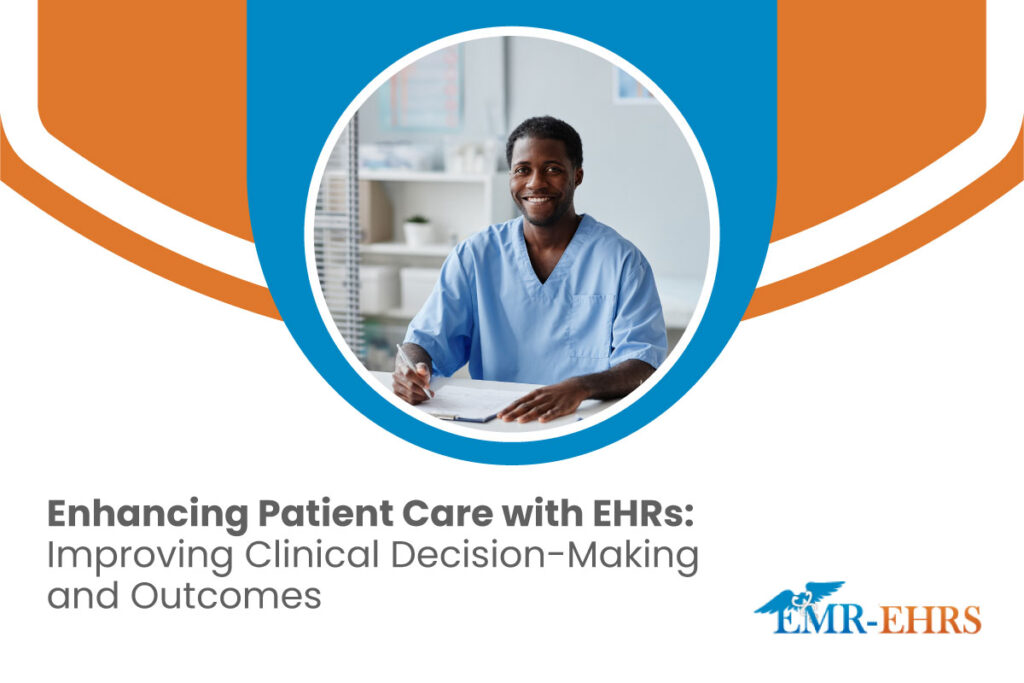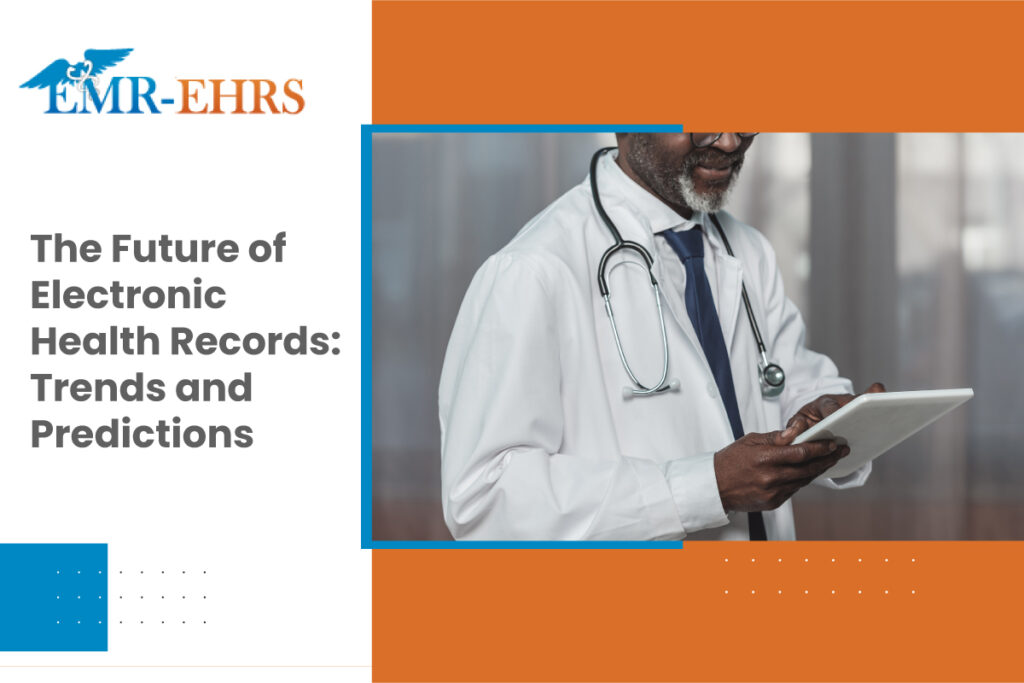
Physicians and administrators recognize the benefits of incorporating intuitive electronic health record (EHR) systems into cardiology practices. You and the rest of your staff want an EHR that doesn’t make your heart race due to stress, right? Like you, many other clinics struggle daily with their current cardiology EHR platform.
Some facilities fail to involve key stakeholders and consider their interests while implementing such systems. Others overlook their clinical, administrative, or billing workflows when selecting a cardiology EHR software.
If you’re currently deciding which certified EHR to use or considering switching to a better one, this guide is here to assist you. It will help you identify the cardiology-specific workflows that can benefit from EHRs. Additionally, we provide a practical checklist that includes the essential features, helping cardiology practices like yours to maximize the tool in your daily operations.
Demystifying Certified EHRs
Like most healthcare practices, cardiology clinics handle sensitive healthcare data and must comply with regulatory standards. To meet these requirements, the best option for cardiology clinics is to use a certified EHR system.
A certified cardiology EHR software is a platform that meets Meaningful Use requirements, is certified by the Office of the National Coordinator for Health Information Technology-Authorized Testing and Certification Body (ONC-ATCB), and supports compliance with regulations such as HITECH and the Health Insurance Portability and Accountability Act (HIPAA).
Assessing Your Cardiology Practice’s Needs
When choosing a certified EHR, it’s crucial to consider stakeholders’ feedback in your practice. To make an informed decision, it is recommended to involve the following individuals in the selection process:
- Cardiologists or physicians
- Practice administrators
- IT specialists
- Compliance officers
- Administrative staff
Each member plays a critical role in integrating EHRs. Some members may use electronic medical records (EMRs) for specific tasks, while others may be primary users who rely on the system heavily. Collaborating with crucial members ensures that their feedback is taken into consideration.
Understanding workflow and practice requirements
Integrating an EHR into the following workflows allows cardiology practices to improve efficiency and clinical outcomes while complying with regulatory requirements.
Patient Registration and Check-In
Electronic clinical records facilitate efficient registration and check-in by capturing insurance information, medical history, and consent forms. Patients can complete registration forms online or through self-service kiosks, reducing paperwork for staff.
Order Management
Cardiology EMR software supports the electronic ordering of diagnostic tests, imaging studies, medications, and procedures from the patient’s chart. Integration with laboratory and imaging systems allows for seamless transmission of orders and results.
Clinical Decision Support
Digital health platforms provide clinical decision support tools such as drug-drug interaction alerts, allergy checks, and evidence-based guidelines tailored to cardiology practice. These tools help providers improve patient safety and adhere to clinical protocols.
Revenue Cycle Management
EHR systems streamline billing and revenue cycle management processes by capturing chargeable services and documenting medical necessity. Cardiology EHR billers need an EHR that can guarantee compliance with regulatory requirements such as HIPAA and Medicare Access and CHIP Reauthorization Act of 2015 (MACRA).
Clinical Documentation
Advanced software systems enable cardiologists and providers to create and access EMRs efficiently. Cardiology-specific templates and structured data entry tools help streamline the documentation of patient encounters.
Medication Management
EHRs offer features for electronic prescribing (e-prescribing) of medications, including dosage, frequency, route, and refills. Integration with pharmacy systems enables real-time access to medication history, formulary information, and medication reconciliation.
Quality Reporting
Digital medical records generate reports and analytics on population health metrics relevant to cardiology practices. Data aggregation, analysis, and reporting capabilities support participation in quality improvement initiatives, value-based care programs, and regulatory reporting requirements.
Identifying specific cardiology specialties
Different cardiology specialties and subspecialties have distinct documentation templates, diagnostic tools, billing codes, and quality measures that an accredited EHR system needs to support.
Examples of cardiology specialties and subspecialties include:
- General cardiology
- Interventional cardiology
- Cardiac imaging
- Pediatric cardiology
Evaluating patient volume and practice size
Understanding the volume of patients seen weekly, monthly, or annually helps determine the scalability and performance of the EHR solution.
Similarly, the size of the practice, including the number of physicians, nurses, administrative staff, and support personnel, influences the complexity of EHR implementation. This covers training needs, workflow customization, and support requirements.
The Ultimate Cardiology EHR Checklist
Here’s a comprehensive list of cardiology-specific requirements to look for in your EHR:
ONC-Certified Features
A cardiology practice management solution that streamlines clinical workflows offers these tools:
- Drug-drug and drug-allergy interaction checks
- Laboratory test results
- Medication reconciliation
- Patient-specific education resources
- Automatic log-off
User Experience
Cardiologists and healthcare professionals need intuitive navigation, clear layouts, and efficient workflows to access patient information and document encounters seamlessly. Cardiology software systems with a well-designed user interface enhance productivity, reduce errors, and promote user adoption across the practice.
Data Security
A certified EHR system should incorporate robust security features, including role-based access controls, encryption mechanisms, and data encryption both in transit and at rest. These security measures safeguard patient data integrity, confidentiality, and privacy in compliance with HIPAA.
Cost Considerations
Cost is critical when considering EHR systems for your cardiology practice. Certified EHR systems may have higher upfront costs due to the certification process and ongoing maintenance expenses. However, some EHR providers offer flexible payment options to help mitigate these costs.
It’s important not to overlook the potential return on investment (ROI) and long-term benefits of implementing a certified EHR system.
Vendor Support
The EHR vendor should provide reliable technical support services, including helpdesk assistance, software updates, and system maintenance.
Additionally, the vendor should offer training programs and user manuals to empower cardiology staff with the skills needed to leverage the full capabilities of the EHR system efficiently.
Regulatory Compliance
Verify if the software has been certified in the Certified Health IT Product List (CHPL) to ensure its reliability and security. If you are using Intelligent Medical Software (IMS), you can check the CHPL for certification information, which includes its 42 certification criteria and nine clinical quality measures.
Takeaway
When selecting an EHR system for cardiology practices, ensure it has ONC-certified features. Opt for a reliable software solution with a user-friendly interface, strong security features, and technical support.
To get the most out of EHRs, practices should collaborate with key stakeholders to tailor the workflows to their specific needs effectively.
Tap Into Our Expertise
Are you searching for a reliable cardiology EHR solution? Discover IMS, offering ONC-certified EHR and practice management solutions. Enjoy user-friendly interfaces, top-tier security, and focused customer support.
Take advantage of the many benefits IMS offers. Call (480) 782-1116 or complete this form to improve your practice’s efficiency with a top-quality EHR system.
Sources:
- HealthIT.gov. “Certification Process.” HealthIT.gov., January 4, 2024, www.healthit.gov/topic/certification-ehrs/certification-process.
- Centers for Medicare & Medicaid Services (CMS). “Calendar Year 2023 and 2024 Program Requirements.” CMS, February 26, 2024. www.cms.gov/medicare/regulations-guidance/promoting-interoperability-programs/calendar-year-2023-and-2024-program-requirements.









